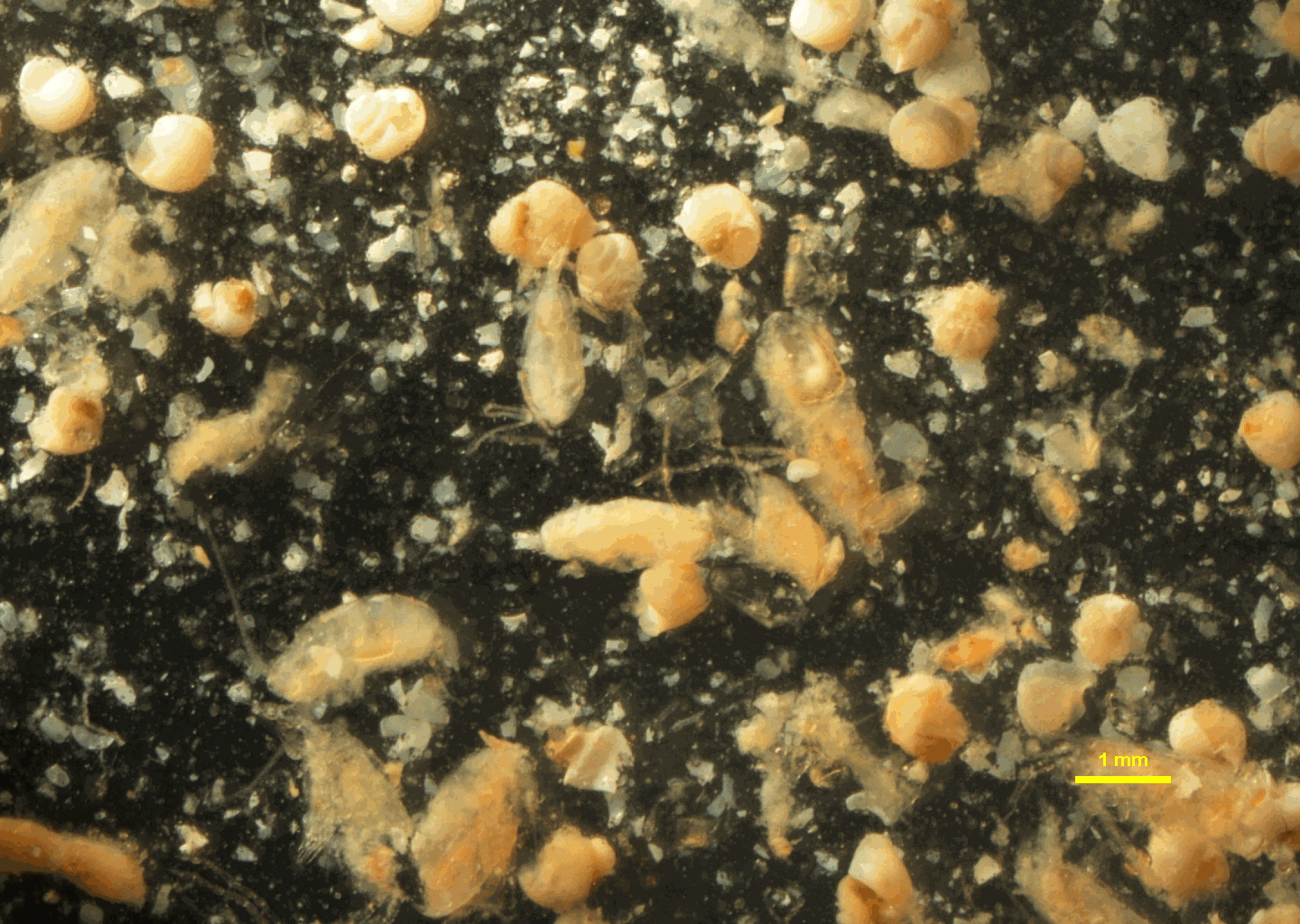LAPHY
Type of resources
Available actions
Topics
Keywords
Contact for the resource
Provided by
Years
Formats
-

This dataset comprises stomach contents of small pelagic fish species on the french shelf of the Bay of Bisacy, in spring, autumn and winter, from 2004 to 2024. The spring data were acquired in May on the pelagic survey series PELGAS from 2004 to 2024, the autumn data in October/Novermber on the demersal survey series EVHOE from 2020 to 2024 and the winter data were acquired on chartered fishing vessels in February 2023 and 2024. The dataset concerns anchovy (Engraulis encrasicolus) and sardine (Sardina pilchardus) in the 3 seasons and also mackerel (Scomber scombrus), sprat (Sprattus, sprattus) and horse mackerel (Trachurus trachurus) in spring for some years. The dataset represents a unique long-term monitoring of stomach contents characterized with a low taxonomic resolution and semi-quantitative abundance quotation. The pelagic ecosystem survey PELGAS (Doray et al., 2018) is run in each year in May since 2000, to monitor the Bay of Biscay pelagic ecosystem at springtime and assess the biomass of its small pelagic fish species. During the survey, pelagic trawl hauls are undertaken to identify echotraces to species and to measure individual fish traits. All hauls are performed during day time. In 2010, some hauls were undertaken at night to sample stomach contents over the day/night cycle. The fish stomachs are sampled from the haul catch. For a given species, twenty individuals are selected at random from the catch, their stomachs dissected and preserved. This is repeated at three hauls in each of the ten spatial strata defined to cover the entire Biscay shelf. In some years, fish length categories (lower and greater than 14 cm for anchovy and 18 cm for sardine) were also considered when sampling the stomachs. Stomach sampling by species depended on the trawl haul catch and all species were not systematically sampled jointly at the same trawl haul. Also, the number of stations with stomach sampling varied between species and years. The stomachs were preserved in formaline until 2018 and in ethanol since. Anchovy and sardine stomach sampling on the demersal survey EVHOE (Mahe and Poulard, 2005) followed the same protocole as for PELGAS but with fewer stations, depending on the catch of anchovy and sardine in the bottom trawl. In 2020 due to the Covid pandemic, the PELGAS survey was canceled and to compensate, a pair-trawler was chartered in autumn to perform some pelagic trawl hauls during the EVHOE 2020 survey. In winter 2023 and 2024 a pair-trawler was also chartered, for identifying echotraces observed previously on the survey DRIX (Doray et al., 2024) in the area delimited by the Gironde and Loire estuaries, the coast and the 100 m isobath. On the fishing vessels the fish were frozen onboard, the stomachs were dissected on land in the laboratory and preserved in ethanol. The taxonomic analysis of the stomach contents was performed in the laboratory under a binocular magnifyer by the company LAPHY. A simplified taxonomic resolution was used, which considered five ichtyoplankton groups, two copepod groups, euphausids or mysids, amphipods, two decapod groups, other crustacea, other zooplankton, phytoplankton and pulp. Taxon abundance was defined by a quotation : 0 (absence), 1 (presence : <10 individuals), 2 (abundant : between 10 and 100), 3 (very abundant : > 100). The dataset comprises trawl haul information, information on the quality of the stomach contents and abundance quotes for the list of plankton taxons. A preliminary analysis of the data (Petitgas, 2024) showed a large overlap in stomach contents between species, the importance of small copepods in the diets, and how different drivers such as habitat and length influence the diets.
 Catalogue PIGMA
Catalogue PIGMA